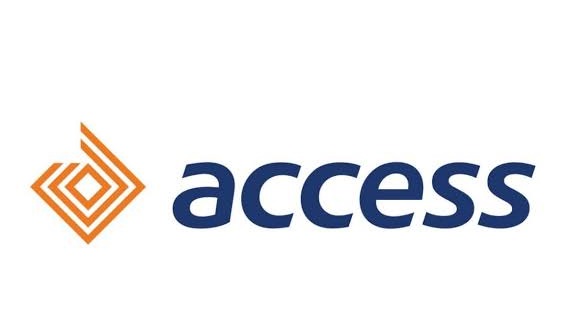- Search for topics or project materials by department. 2015/2016 Research Work 46 ARCHITECTURE 12 Accounting 158 Agriculture & Farming 21 Arts and Crafts 25 BIOCHEMISTRY 30 Bank & Finance 45 Biology 1 Business Administration 162 CHEMICAL ENGINEERING 18 Career People 18 Computer Science 0 Computer Science 244 Computer Science E-books 0 ECONOMICS 117 EDUCATION 78 ELECTRICAL ELECTRONICS 88 ENGLISH 14 ESTATE MANAGEMENT 16 Electrical Electronics 0 Food 19 Forum 0 General Topics 4 HOSPITALITY & TOURISM 123 Import & Export 10 Land Survey & Geoinformatics 68 Law 7 MARKETING 37 Marketing & Advertising 11 Mass communication 155 Masters and Doctorate 118 Mechanical Engineering books 0 Media & Publishing 6 Medical Science E-books 0 Micro Biology 4 Micro Biology 8 OTHERS 0 Oil & Gas 11 Online & Internet 36 POLITICAL SCIENCE 0 Program / Source Code 0 Programming E-books 0 Public Administration 25 Real Estate 20 Religious E-boooks 0 Retail 20 STATISTICS 17 Science Laboratory 0 Science laboratory 56 Sermons & Prophecies Ebook 0 Services 19 Small Scale Manufacturing 21 System Applications 0 Technology 30
DESIGN AND IMPLEMENTATION OF ELECTRONIC LEARNING SYSTEM
DESIGN AND IMPLEMENTATION OF ELECTRONIC LEARNING SYSTEMCHAPTER ONE
1.0 INTRODUCTION
Elearning refers to the use of various kinds of electronic media and information and communication technologies ICT in education. Elearning is an inclusive terminology that encompasses all forms of educational technology that electronically or technologically support learning and teaching. Depending on whether a particular aspect, component or delivery method is given emphasis, elearning may be termed technologyenhanced learning TEL, computerbased training CBT, internetbased training IBT, webbased training WBT, online education, virtual education, or digital educational collaboration.
Elearning includes numerous types of media that deliver text, audio, images, animation, and streaming video, and includes technology applications and processes such as audio or video tape, satellite TV, CDROM, and computerbased learning, as well as local intranet/extranet and webbased learning. Information and communication systems, whether freestanding or based on either local networks or the Internet in networked learning, underlay many elearning processes.
1.1 Background of study
Elearning is an inclusive terminology for all forms of educational technology that electronically or technologically support learning and teaching. Bernard Luskin advocates that the e should be interpreted to mean exciting, energetic, enthusiastic, emotional, extended, excellent, and educational in addition to electronic. This broad interpretation focuses on new applications and developments, and also brings learning and media psychology into consideration.
1.2 Statement of the study
Student in tertiary institution suffers a lot of setback in external exams due to the type of teaching system which they receive. They dont have access to the internet and lack knowledge of what is obtainable in the society.
1.3 Aims and objectives
1. To facilitate the development of information technology
2. To reveal the use and technology of wireless network to the user.
3. To provide alternative way of attaining education
4. To implement a system which reduce examination mal practice
1.4 Significance of the study
Elearning provides benefit for the organizations and individuals involved it reduces the cost of learning, examination and result processing institutions, it create access thereby enables people from any part of the world to be educated Elearning also functions in improving standard of education which Helps to eliminate inadequate like examination malpractice.
1.5 Scope of the study
Design and implementation of e learning A case study of computer Science and information and technology, caritas university Enugu, this project is a tutorial and design with VB
View Related Projects
DESIGN AND IMPLEMENTATION OF NETWORK CONNECTIVITY AND TRAFFIC CONTROL OF MTN NETWORK IN NIGERIA.
1.0 INTRODUCTION1.1 BACK...
Continue readingDESIGN AND IMPLEMENTATION OF STUDENT’S TRANSCRIPT GENERATING SOFTWARE (A CASE STUDY OF I.M.T)
ABSTRACTThis study was carried out to verify al the manual processes involved in generating students transcript and...
Continue readingDESIGN AND IMPLEMENTATION OF ONLINE – EXAMINATION HOSTING SYSTEM
ABSTRACTOnline examination systems are being used by an everincreasing number of institutions to help reduce time def...
Continue reading

